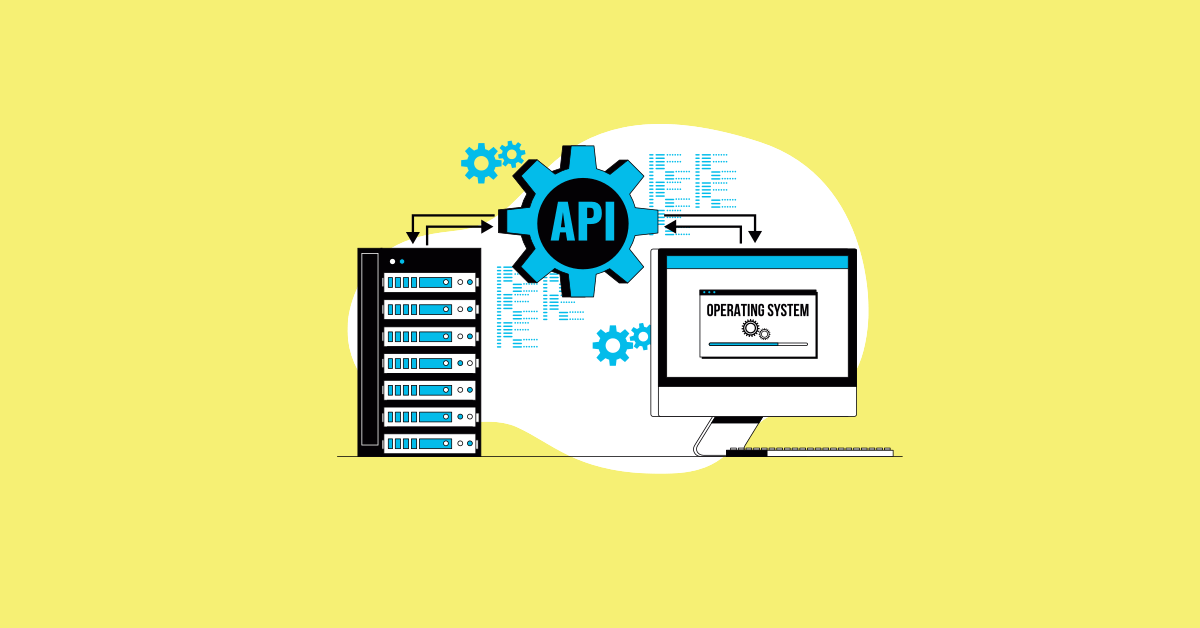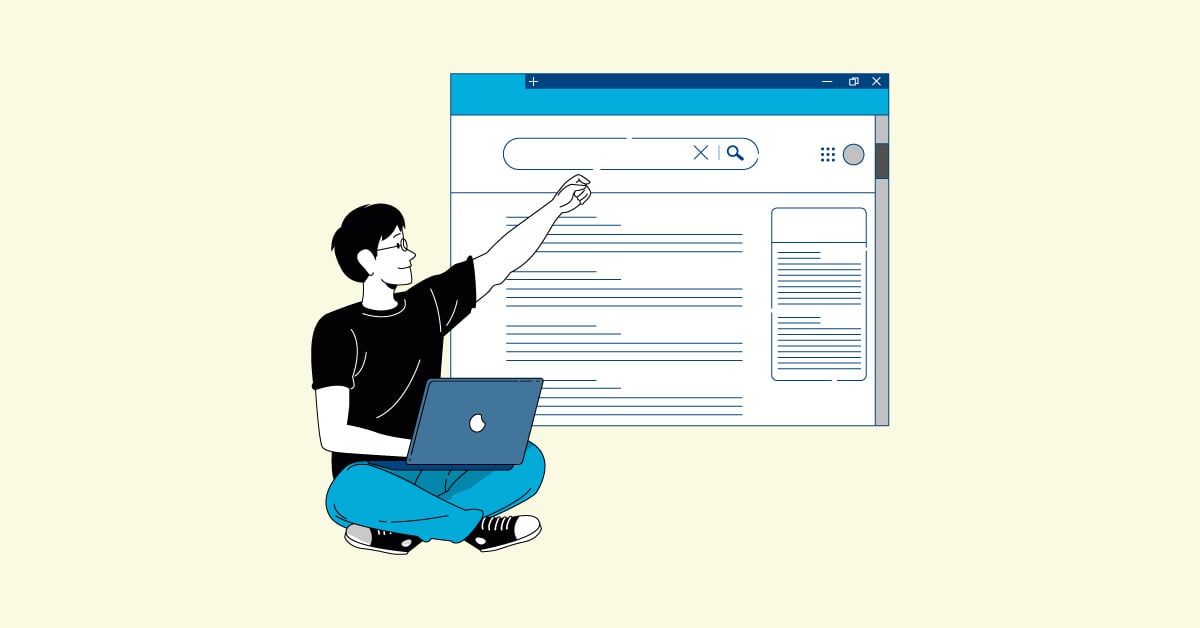When working with machine learning, smartphone development, and web development, businesses are more likely to employ application programming interfaces (APIs), as these allow developers to communicate with systems and apps. APIs are becoming a key element of the software landscape as they enable the creation of new applications that make use of existing ones.
An API is tested to determine usability, dependability, performance, and security. It’s an essential step in the software development process as it ensures that the program is functional, effective, secure, and compliant with business requirements. API testing enhances app functionality and quality by reducing the risk and opportunity for issues. Additionally, this type of testing provides insights into how APIs interact with business logic and databases.
What is an API Testing Strategy?
API Testing Strategy is an action plan used by QA teams to test and ensure meeting expectations and expected results. It includes developing test cases, defining test entry and exit criteria, designing test cases, identifying the test data, and executing the tests. The goal of API testing is to identify any flaws or vulnerabilities in the API before releasing it to production.
The strategy involves testing each API endpoint separately, testing various data inputs including boundary values and negative testing, validating the XML and JSON responses and error messages, and testing integrations with other services. Implementing automation and performance testing to assure scalability, monitoring, reporting for compliance, and documentation for API maintenance should all be part of testing techniques.
Key Steps for Creating a Robust API Testing Strategy
A strong API testing strategy is essential for ensuring that the APIs are working as expected and are secure.
Creating a successful API testing strategy involves four essential steps:
- Planning: The first step in creating a successful API testing strategy is to plan the approach. The process of planning includes choosing the right tools and drafting a test plan. Also, this details assessing the risks, assumptions, timelines, and so on.
- Design: The second step in creating a successful API testing strategy is to design the test cases. The design process includes developing a test framework and constructing tests that fully test the capability of the API.
- Implementation: The third step in creating a successful API testing strategy is to execute the strategy. Implementation requires setting up the test environment and running tests to ensure the API meets the requirements.
- Evaluation/Maintenance: Finally, evaluation of the test results and maintenance include continuously assessing performance and making any necessary modifications to guarantee that quality is maintained.
Planning and Designing API Testing Strategy
To plan your API testing strategy, decide the scope of testing then identify testing tools and methodologies that will be employed. Lastly, create a collection of test cases that cover all potential scenarios. Remember to include all stakeholders in the planning process to guarantee that their needs are satisfied.
What Makes a Good API Testing Strategy?
A good API testing strategy should cover the following aspects:
- Test Coverage: How much of the API will be covered by the testing, including both positive and negative testing scenarios.
- Test Environment: Defining the hardware, software, and network configuration used for the testing.
- Test Data: Define the test data that will be used for the testing, including valid and invalid data scenarios.
- Test Automation: The tools and frameworks for test automation, including functional and non-functional testing.
- Test Reporting: How the test results will be reported and shared with the stakeholders.
Choosing the Right Tools and Frameworks
Choosing the correct API testing tools and frameworks is critical to ensuring that your tests are successful and efficient. These are key for examining variables like scalability, the convenience of use, cost-effectiveness, and compatibility with current systems. It’s also important to evaluate the types of tests that must be performed as well as available resources for development and maintenance. Based on the criteria, you may select a framework that best suits your requirements and allows you to write thorough API tests.
Different Types of API Tests and Upsides
There are many types of API tests, each with its own set of benefits. Once the development is done, Unit testing of APIs is performed, followed by integration testing of APIs. Security and performance aspects are tested afterward.
Selecting from the wide variety of API test types depends on the project, customer, requirements, as well as other factors. There are several upsides to performing and executing different API tests, including:
- Increased coverage, along with more scenarios and areas of the software, compared to manual testing. This can uncover hidden bugs and vulnerabilities.
- Faster, more dependable, and repeatable testing. Since API testing does not require a graphic user interface, more tests can be run in less time.
- Greater efficiency as they can be readily connected to other automated tests, run in parallel with other tests, and be used for regression testing.
- Accessible for all types of users and businesses as they can be written by QA engineers and used by non-technical testers.
- Easier Integration as it’s easy for developers to execute integration tests while developing new apps or merging old ones.
- Security problems can be uncovered through the examination of the interaction between components. This lowers the possibility of data breaches and other hazardous acts.
Implementing API Testing Strategy
When implementing your API testing strategy, it’s important to ensure that the testing environment is consistent and that all dependencies are available. All the planned test cases are to be executed in this phase. Additionally, it’s recommended to automate the testing process to save time and reduce manual errors.
Tools & Techniques To Use When Testing APIs
Testing as part of the software development process ensures that the API is working properly and meets the user’s expectations. To ensure that your API is performing as expected, it’s essential to use the right tools and techniques when testing. Tools can be used to test the performance of web services, check for errors in requests and responses, and simulate user interactions with the API, the most common being Postman, SoapUI, JMeter, and Fiddler Additionally, best practices such as using automated tests to validate data integrity should also be followed when testing APIs.
By using the right tools and techniques when testing APIs, developers can ensure that their applications are secure and reliable. This will help them deliver better products faster while reducing costs associated with manual testing processes.
Executing the tests
Execute test scripts on the configured environment. Be sure to run all of the tests in order to ensure that the API behaves as expected. Log the defects, track them, retest, and close if it works fine. It’s important to repeat the testing process until all issues are resolved and the software meets the required quality standards.
Evaluating the Results
After the execution of the tests, it’s important to assess the findings to determine whether the system fits the intended requirements. This aids in the identification of flaws or areas for improvement in the system. Check the response from the API for expected data and/or errors. Pay special attention to parameter values, as well as the test output. The response should be consistent with the expected response.
After running the tests, clean up the environment, which includes removing unnecessary files, resetting any data that was modified, and returning the application and the API to the original state.
Process of Maintaining Tests
API test maintenance is the process of responding to changes and ensuring that all test cases are up-to-date. After making a modification to an API, such as adding a new feature or removing one, it’s key to ensure that test cases are updated to reflect the new capability. API test maintenance comes into action here. Furthermore, regression tests should be carried out to check that the new changes have not accidentally introduced other issues. Finally, logs need to be maintained to ensure that all tests passed and no errors occurred, as these can help in studying trends.
In Summary
API testing is a critical aspect of software development that ensures quality, reliability, performance, and security. A good strategy can help to identify issues early on in the development cycle, reducing risk and improving the overall quality of the software product. By following best practices for API testing, developers can ensure that these are providing the intended functionality and are free of flaws.
The next time you start testing APIs, be sure to include planning, designing, implementation, and maintenance.




%20(1).png?width=150&height=69&name=MuukTest-logo---light-background%20(3)%20(1).png)
